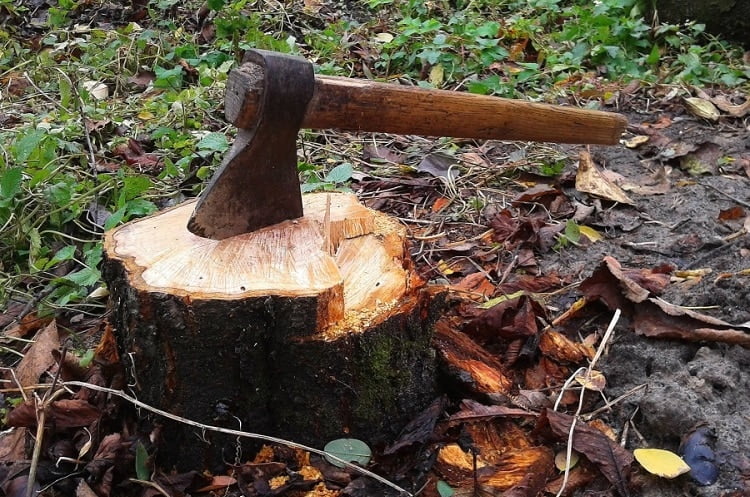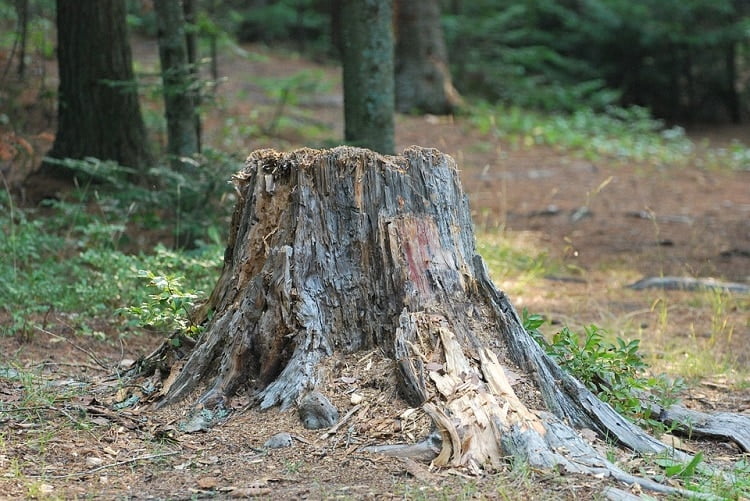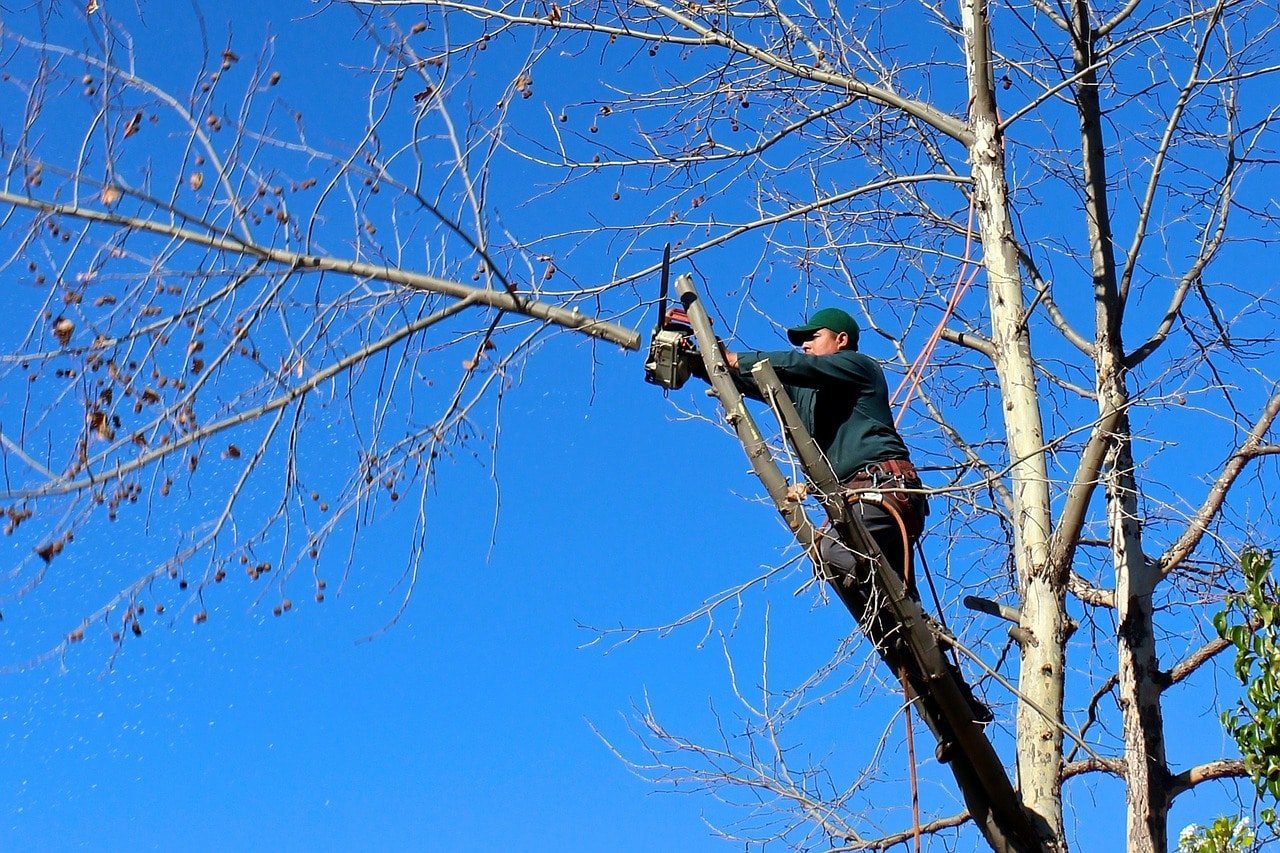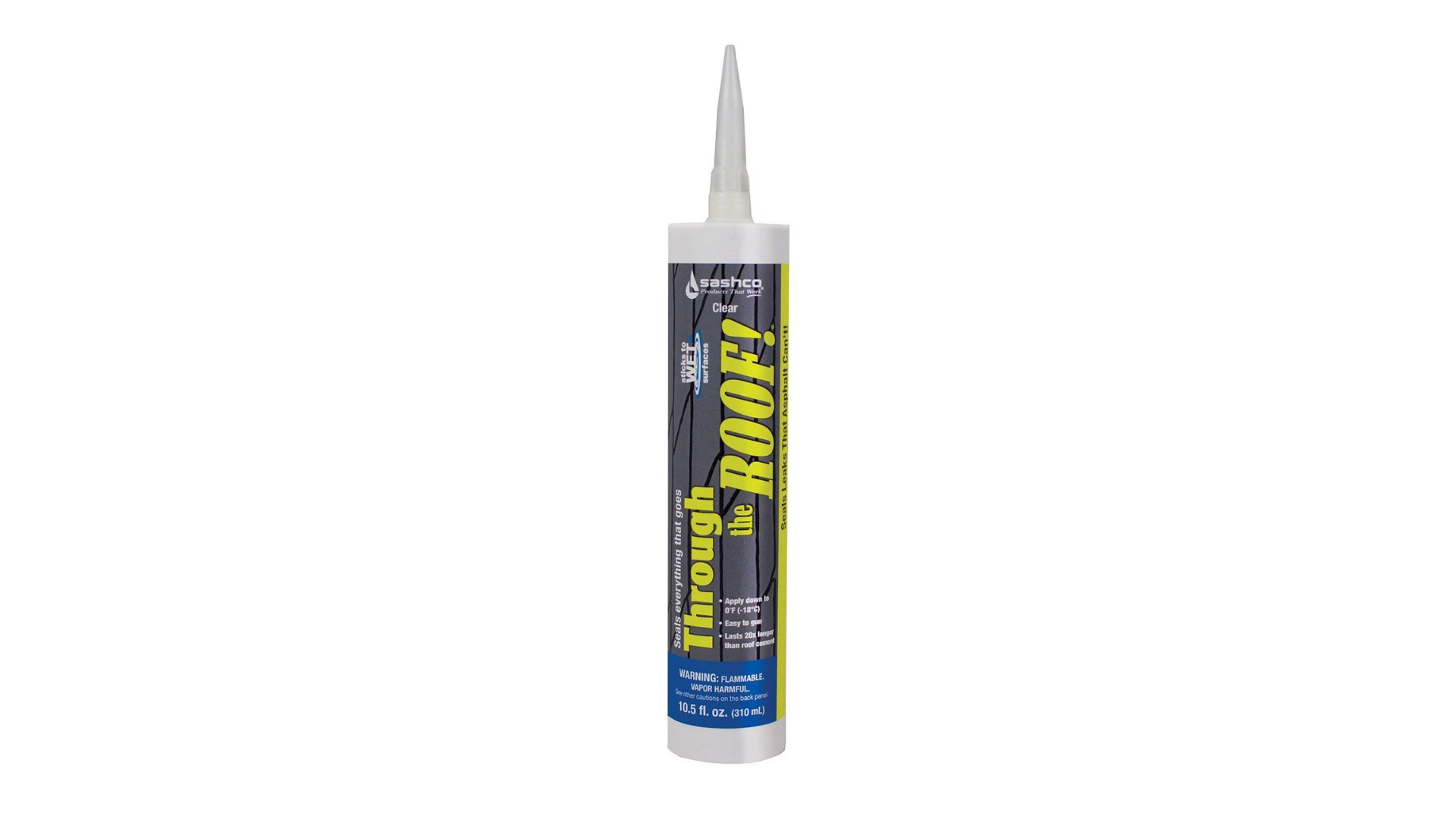
Why You Should Consider Removing Tree Stumps
Once the tree is gone, the stump becomes a useless piece of wood. There won’t be another tree growing from this stump, so it is barely a leftover. While some might think that a tree stump is not an impediment, there are several reasons why you should remove it from your garden. First of all, tree stumps are a good home for suckers. These things represent random growths that appear on shrubs and roots. They can easily populate a healthy tree but, most often, they appear on stumps. While they are not exactly parasites, they still consume nutrients from the soil and might prevent other plants from growing. If the tree is completely dead, it won’t grow any suckers. However, a dead tree stump is even worse. It creates an environment that is suitable for fungi and other diseases that can easily spread. Therefore, it’s better to remove the stump and avoid infestation.What Should I Do with a Tree Stump After Removing It?
After removing a tree stump, it is essential to focus on tree care and maintenance practices. One option is to grind the stump down, transforming it into mulch that can enrich your garden beds. Alternatively, you could leave the stump to naturally decompose, although this may take several years. Whichever method you choose, prioritize tree care and maintenance practices to ensure the overall health of your garden.
When to Remove a Tree Stump
There is no perfect time when you should remove a tree stump from your garden. However, there are some moments when it’s advisable to do it. Ideally, you should take out the stump from the ground immediately after felling the tree. This moment is perfect if you decided to use a chemical killer. The chemicals are effective on freshly cut wood, as this is the only moment they can act. If you decide to wait a little longer, you will have to cut a new piece of wood from the stump and then use the chemicals. For the other alternatives, you have a little more freedom.Options for Removing Tree Stumps
Trees fall all the time, leaving that bulky stump behind. Even if the tree died naturally or you decided to cut it, you should still take action against the stump and remove it. The good news is you have a lot of alternatives to pick from. Find the one that is most suitable for your stump, and prepare to get rid of it.1. Digging
This is the easiest solution, as it doesn’t require a lot of resources to do it. You need to do a lot of physical work, but it’s one of the safest and surest methods to get rid of a tree stump. Therefore, grab your shovel and get ready for some work.Dig Around the Stump and the Roots
To remove the stump, you should work on the roots, so you first have to see them. Dig up all the soil that surrounds the stump, and leave the roots exposed. Dig as much as possible, until you are sure you have exposed as much of them as possible. However, pay attention to how they look like. If they appear to go deeper, you might need a different stump removal method.Cut the Roots
Once you’ve exposed the roots, it’s time to get rid of them. Use a small saw to cut them into tiny pieces. Then, remove as much of them from the ground as possible.Take Out the Stump and Fill the Hole
If the roots are gone, you can remove the stump without much effort. It might appear stuck, so use a shovel to dig a little underneath it. Do not leave the hole uncovered, as the ground might collapse. The perfect solution to bring everything to the same level is to add some sawdust in the hole.2. Grinding
This method for removing tree stumps requires some more resources, but it might be a little more effective. For it, you will need a special machine called stump grinder and, if you’re too afraid to do it on your own, a professional that knows how to use it. If you decide to operate the grinder yourself, take all the measures of precaution. Put on a pair of gloves, protective goggles, and some protection for the ears as well. Then, place the grinder on top of the stump and turn it on. It will work on the entire surface of the stump, starting from the top and reaching down to the roots. Then, make sure you remove all the leftovers, namely the grindings. This way, the hole will be ready to recover. Sawdust is, again, mandatory, to prevent it from collapsing.3. Burning
This method requires the fewest effort, but you should make sure you can use it. Before starting anything, make sure you are allowed to make an open fire in your area. Some regions forbid it, and you won’t like getting fined for it. If the law allows you, you can go on and build a campfire on top of the stump. For this campfire, you will need some extra wood. You can use pieces from the tree that has just fallen or has been felled. Surround the stump with this wood, and add some more on top of it. Then, set it on fire and keep it burning. This might take a while, so make sure you have some free hours to supervise the fire and keep it alight. Once everything has burned to the ground, it’s time to get rid of the leftovers. In this case, we are talking about ash. After the hole is clean, fill it with sawdust and level up the ground.
4. Using a Chemical Stump Killer
This method requires following the most steps. However, many people might find it the most effective. Also, it doesn’t require a lot of physical effort so that might be the best choice on the list.Drill Holes and Add the Chemicals
Before starting removing tree stumps, you need to drill some holes in the stump, where you need to add the chemical. Drill them at even distances and create a circle out of holes. It’s important not to place all the holes in one area, as the chemical needs to flow evenly through the entire stump. Then, pour the chemicals carefully in each hole. They will attack the wood and help it rot more quickly, completely removing it in the end. Make sure you read the instructions before applying the chemical.Keep Children and Pets Away from the Chemicals
The stump killer is toxic, so you should make sure nobody gets close to it before the stump is completely gone. Make sure you keep children and pets from reaching it for several weeks. Through this period, it should start softening.Cut the Stump
Constantly check the stump and see if it started rotting. When it had gotten soft enough, get ready to chop it. Take an ax and remove the top part of the stump. Make sure you bring it to an even level. However, there will still be some wood left, together with the roots.Burn the Stump and Cover the Hole
The easiest way to get rid of these leftovers is by burning them. They have already softened, so it won’t take so much time to burn everything down. Then, remove the ashes from the hole and level everything up with sawdust.5. Killing the Stump Naturally
If these methods seem too sophisticated, you can opt for removing tree stumps naturally. This won’t require any toxic substances or bulky tools, so here are some options you can choose from. If you want to use force, you can chop the stump with the help of an ax or a saw as close to the ground as possible. This will help it rot more quickly. Another easy method might be to pour some boiling water over the stump. This will attack the roots, but only if it reaches them. If you want slow but sure progress, wrap up the stump in plastic and keep any sunlight away from it. This way, the roots will stop developing, and the stump will start rotting. In the end, another method that is guaranteed to work is using a natural root killer. Drill some holes in the sides of the stump and fill them with rock salt. This will attack the roots in no time. If you have a smaller stump, you can skip the drilling part and pour the salt directly on top of it. However, be extremely careful. Rock salt can attack other nearby plants as well.









It’s great to learn that you should hire a professional to use a stump grinder. My wife and I are wanting to renovate our backyard and we heard from our friend that a grinder is effective at removing big stumps. I’ll be sure to tell her that we should hire a professional to use a stump grinder in our backyard.
You are probably right about wrapping the stump in plastic. I have an oak tree that needs to be removed from the backyard. I’ll have to hire a tree service to grind the stump down.